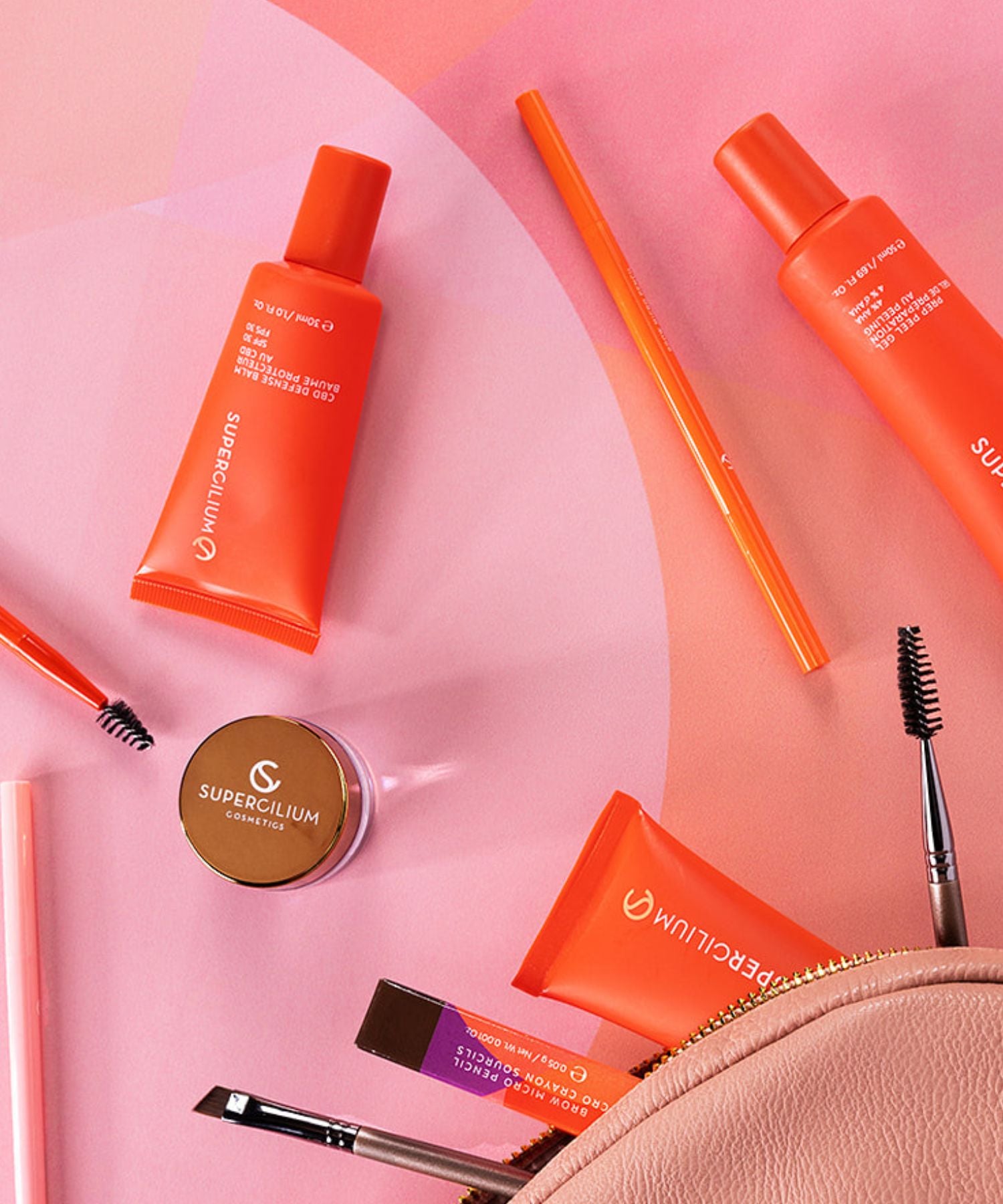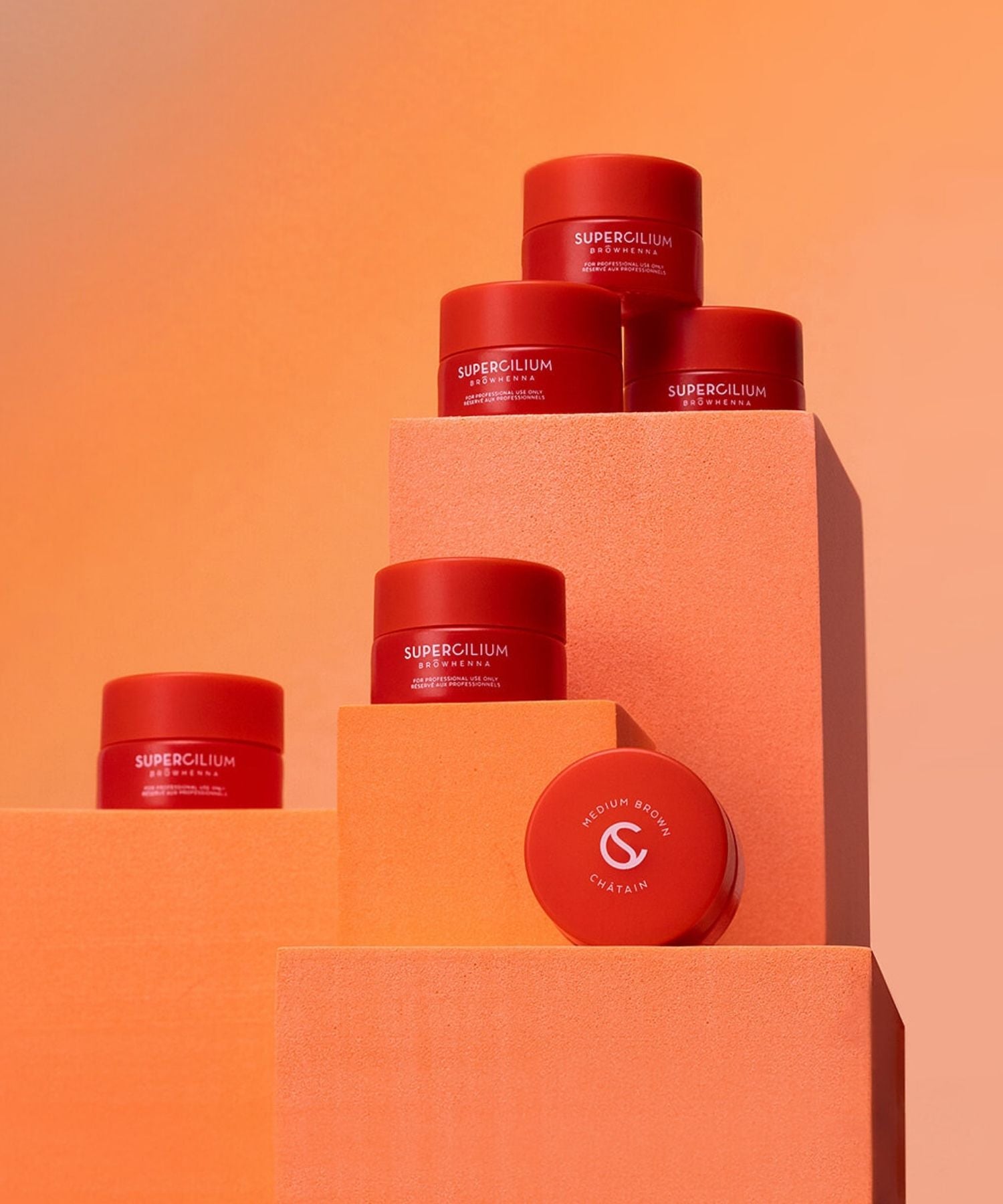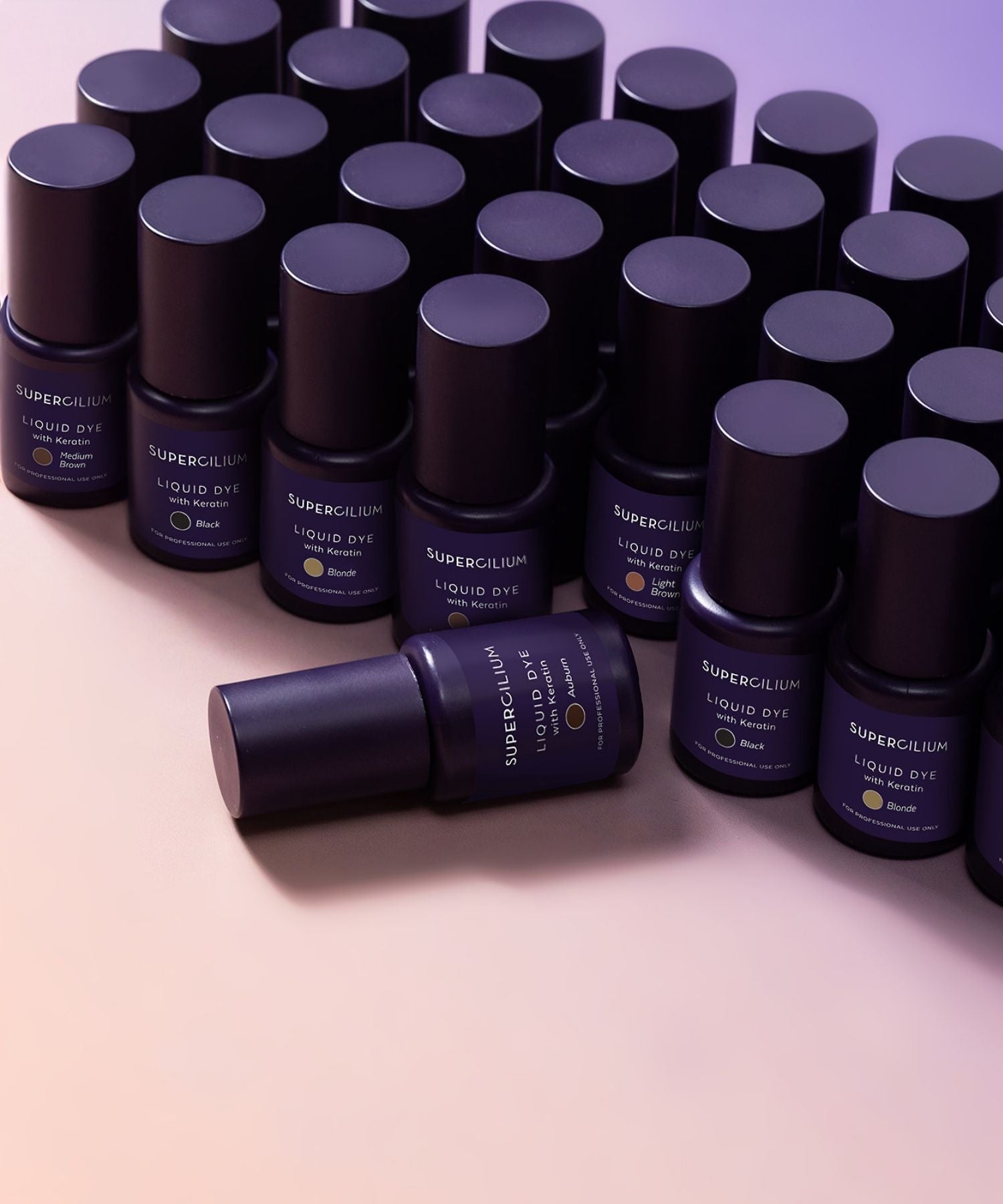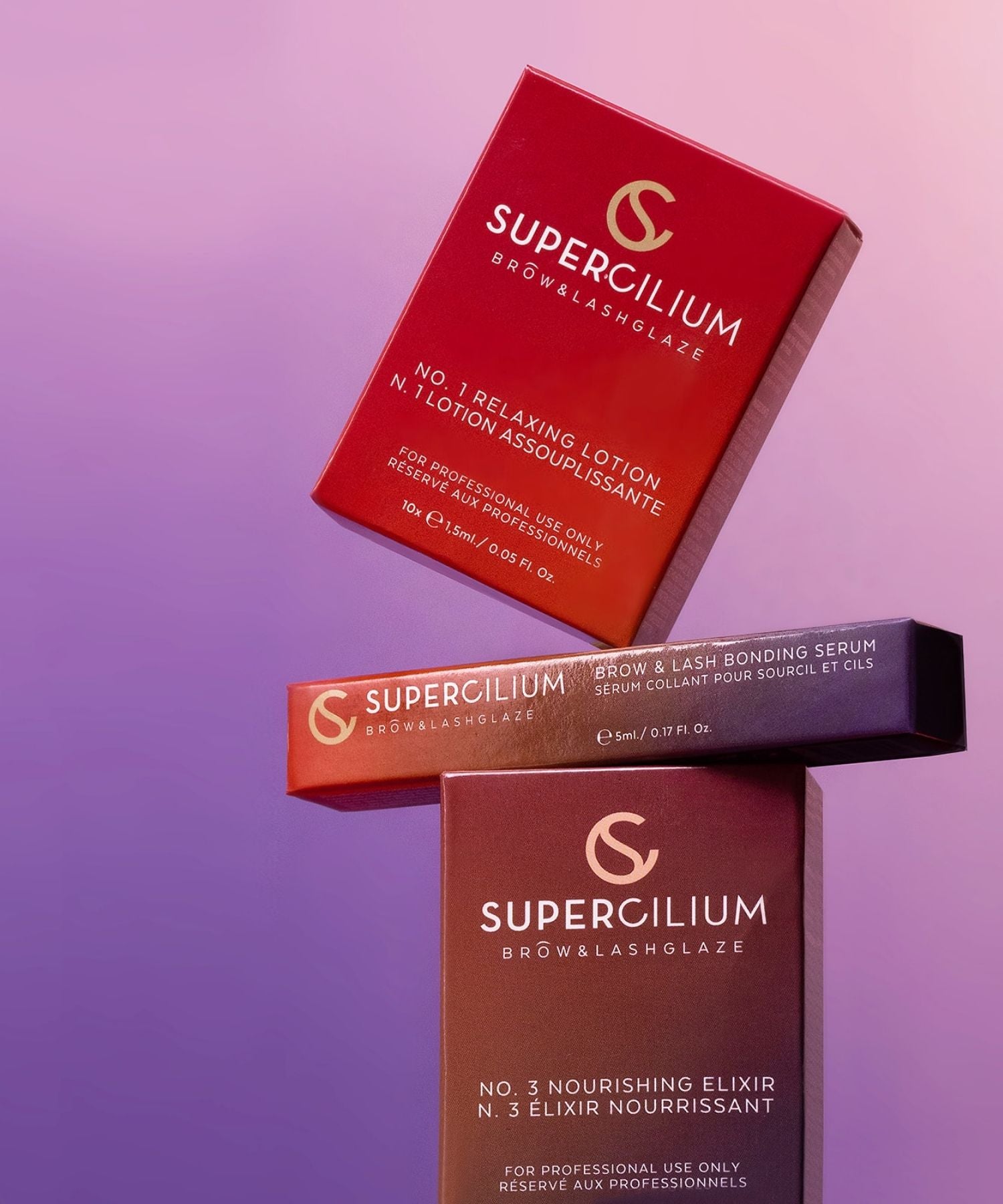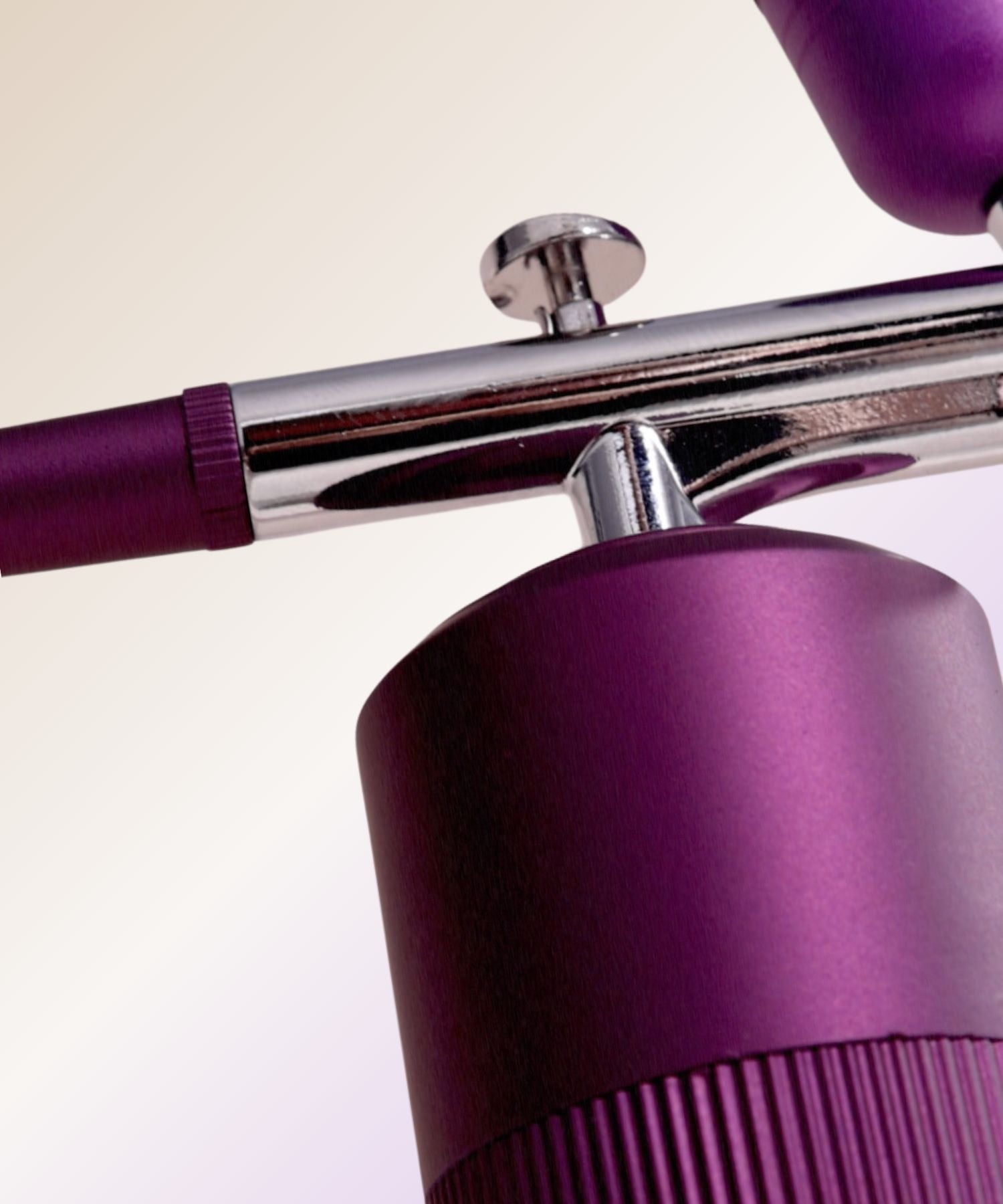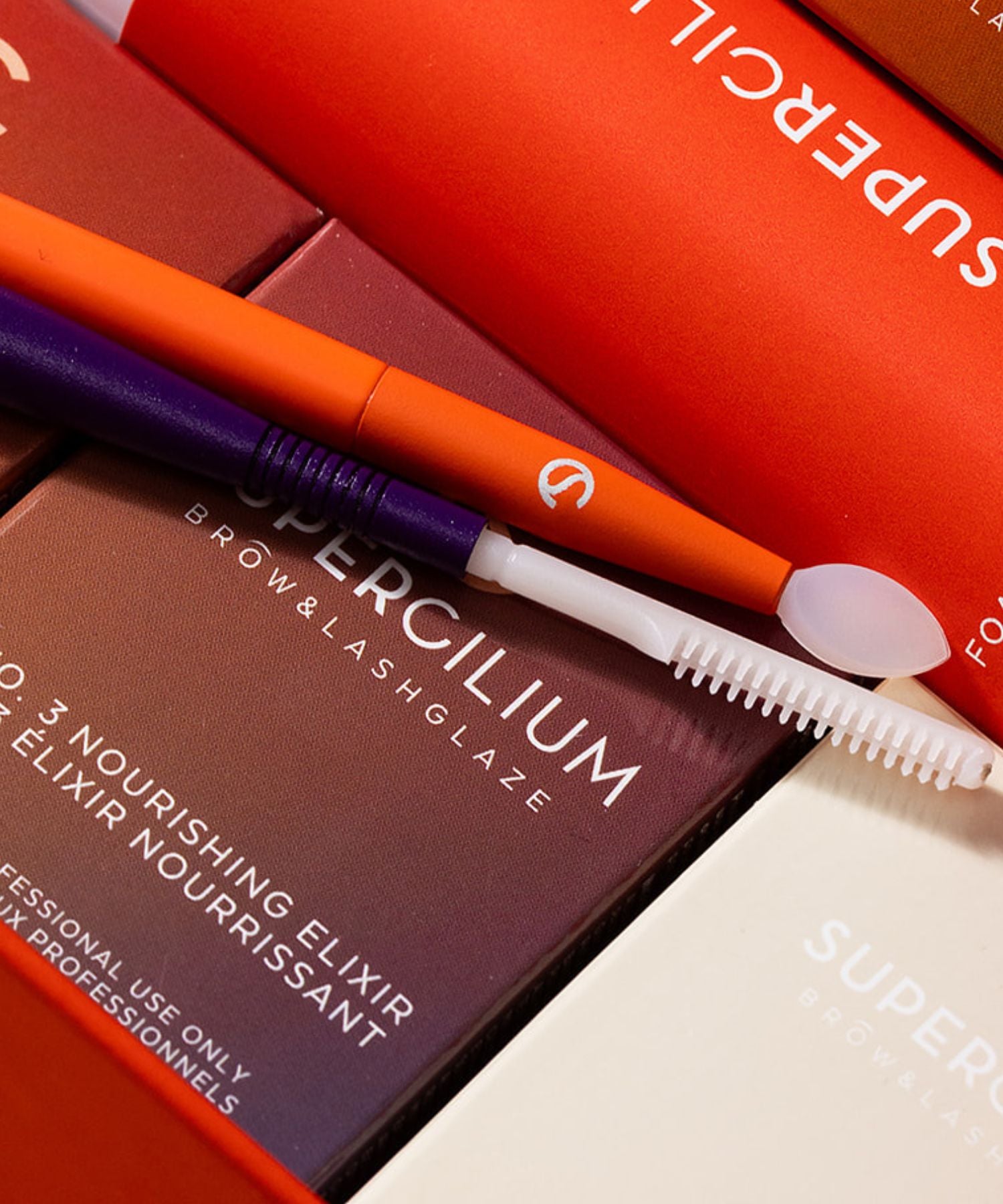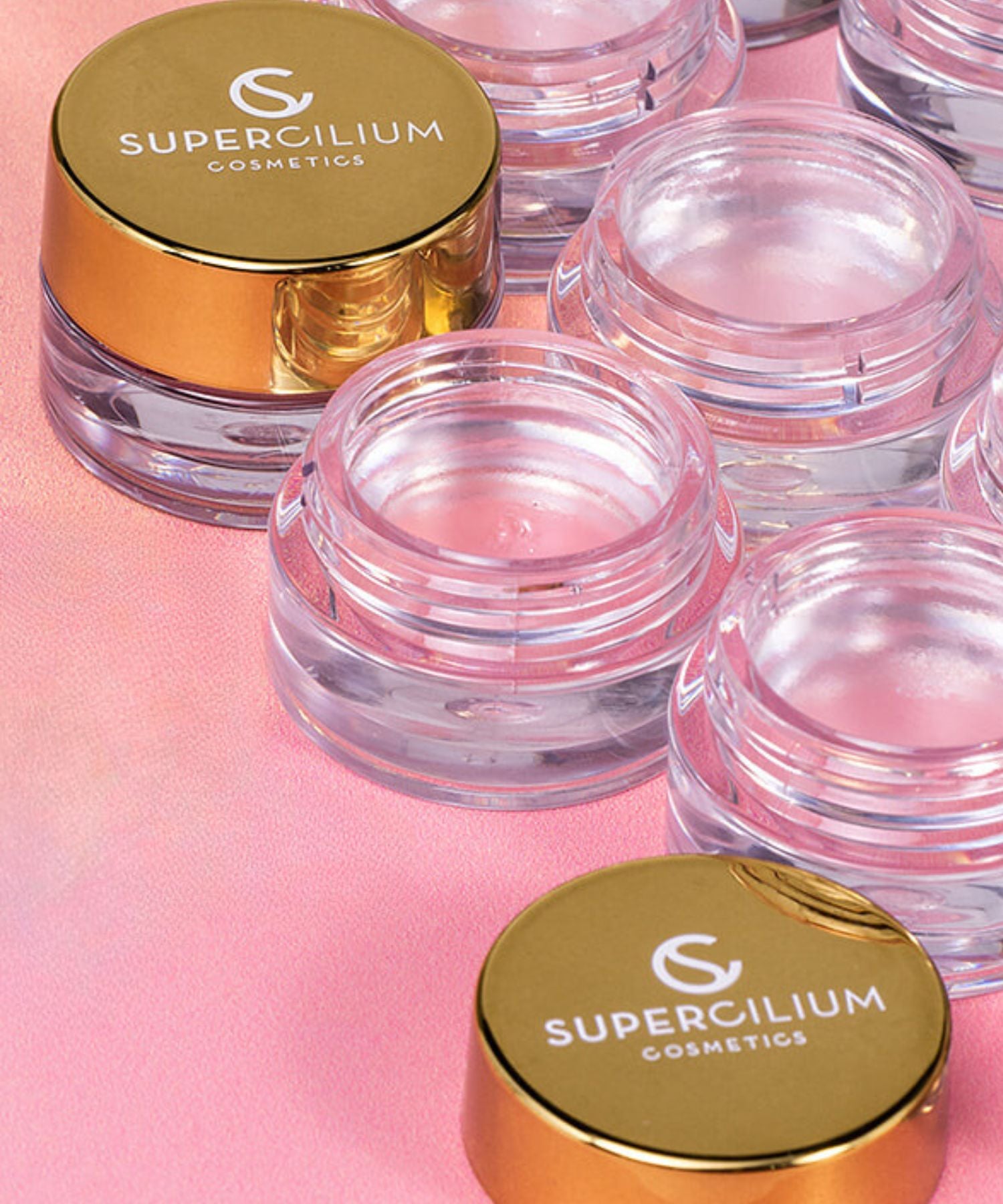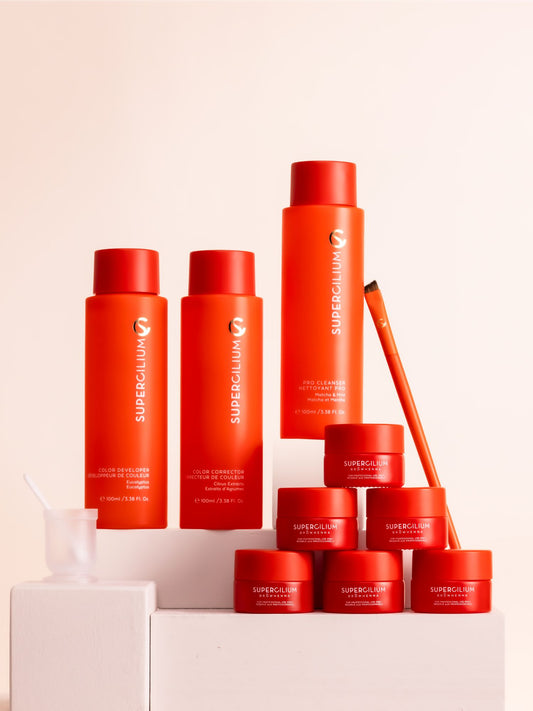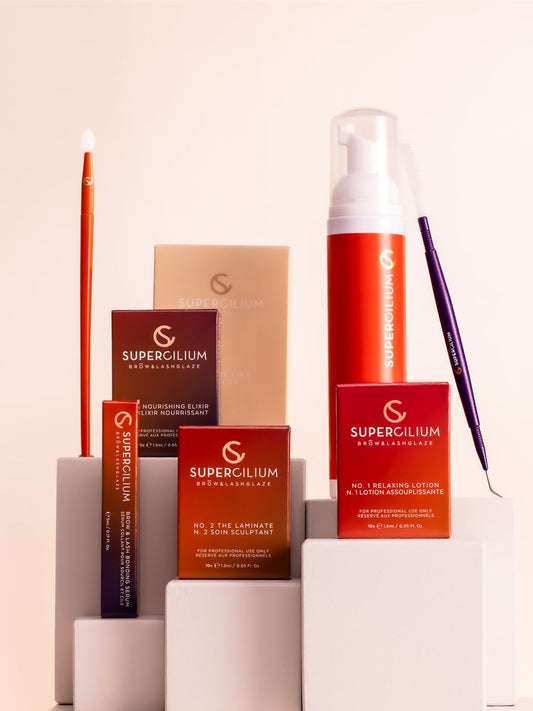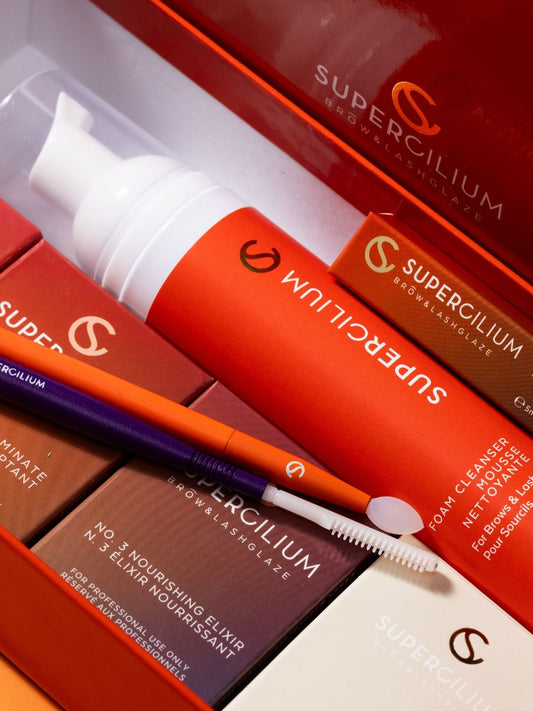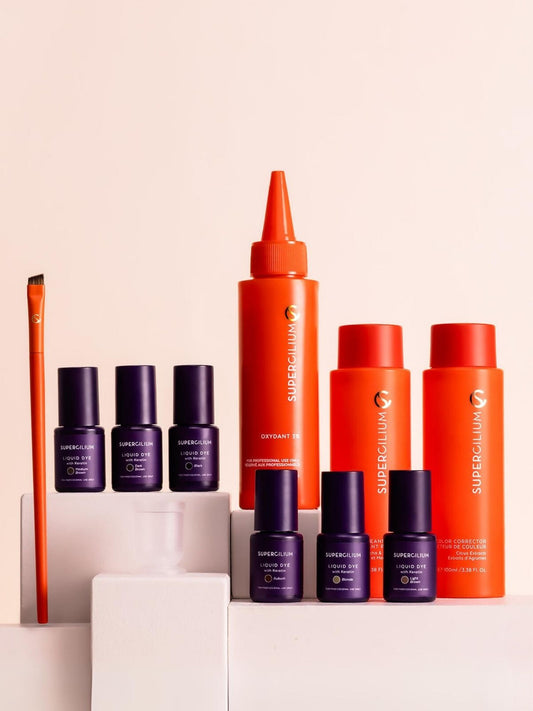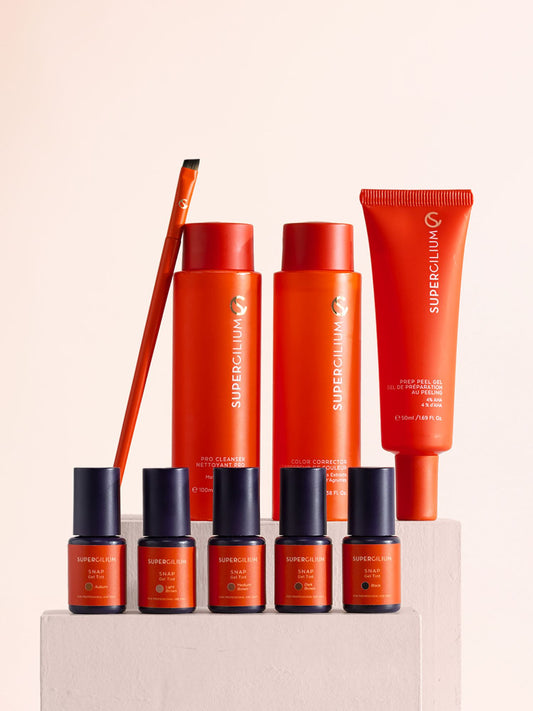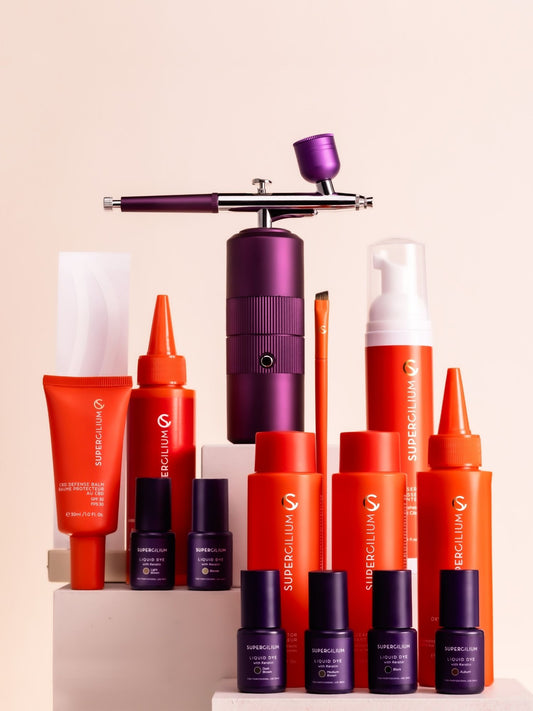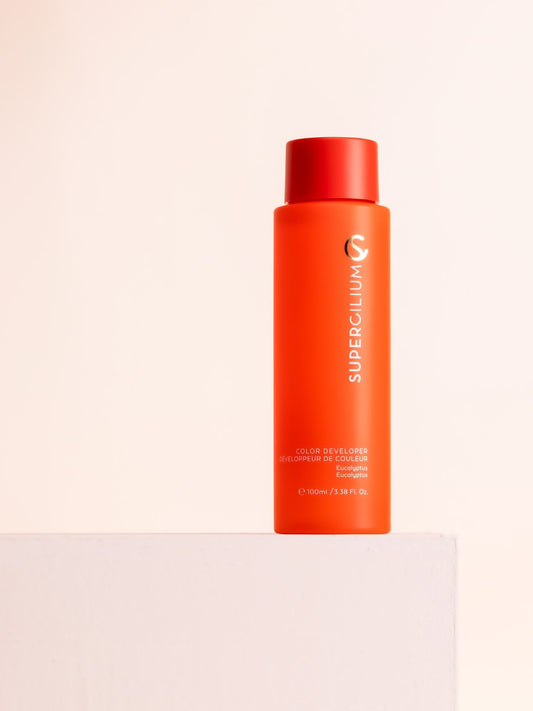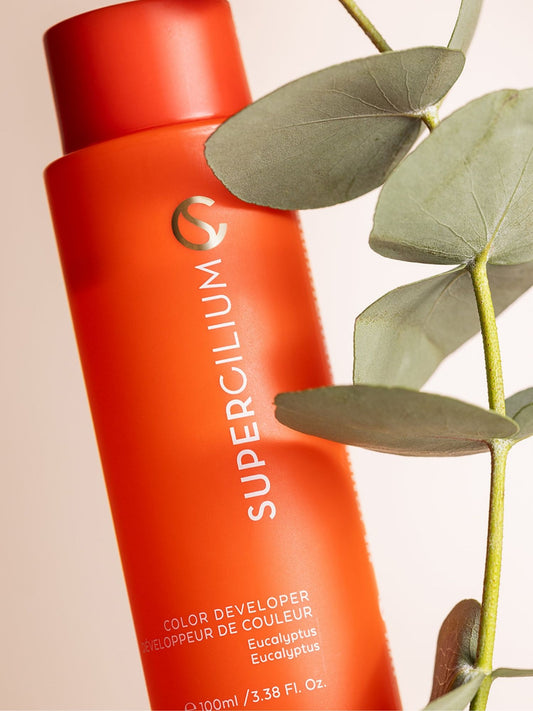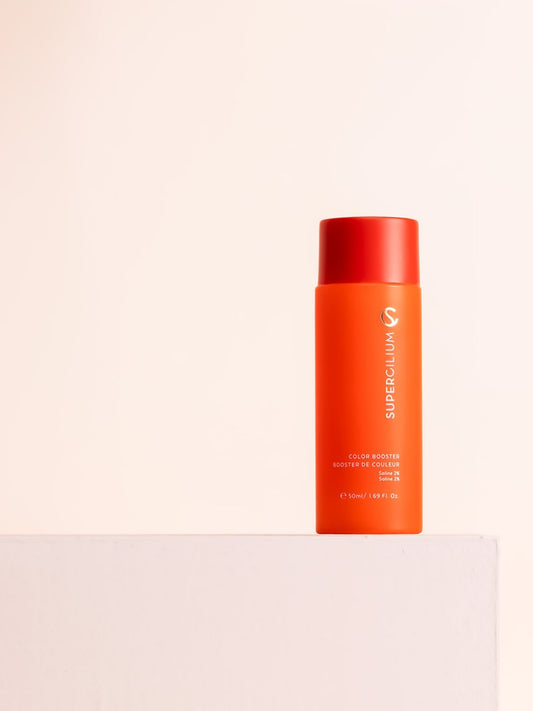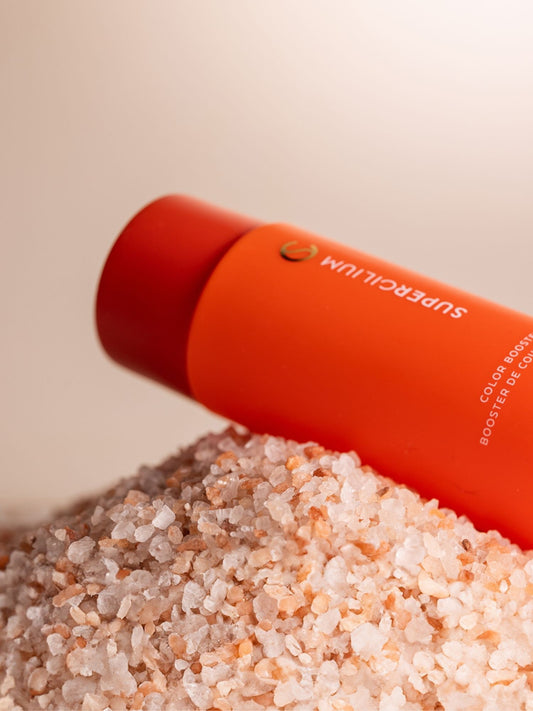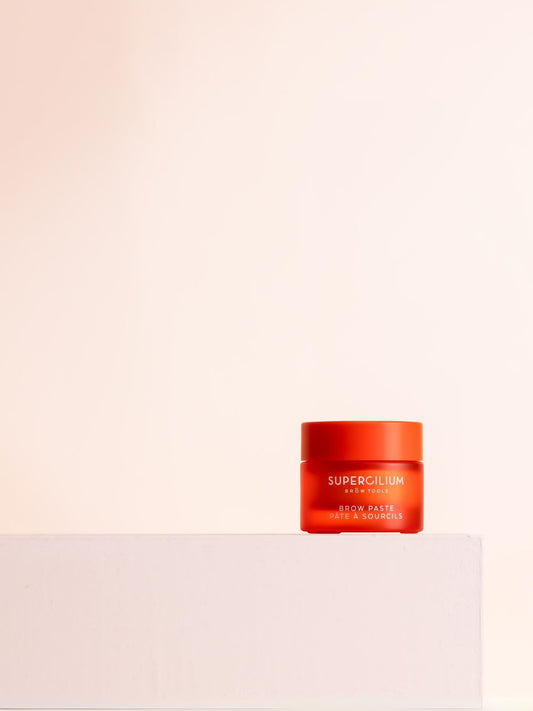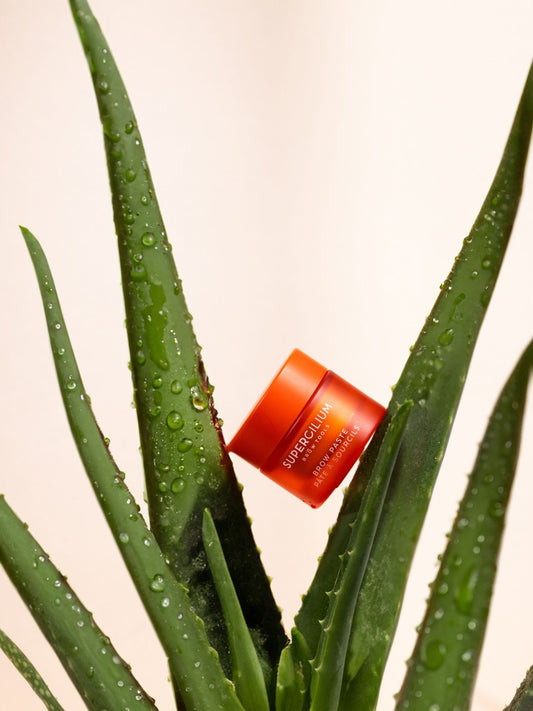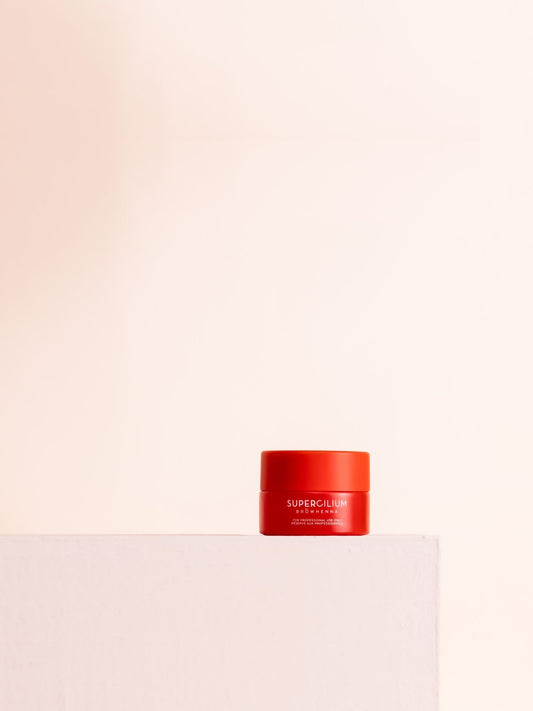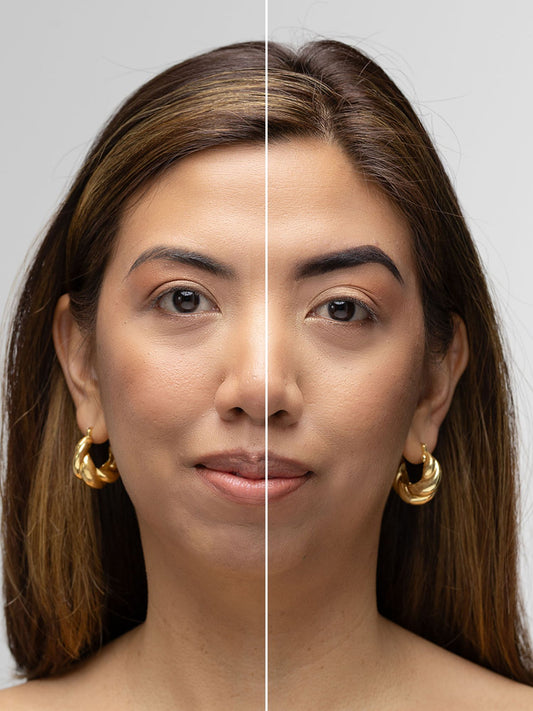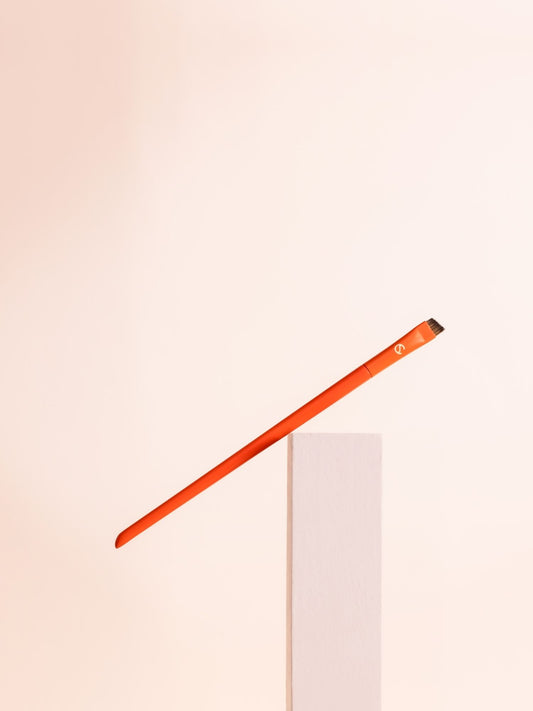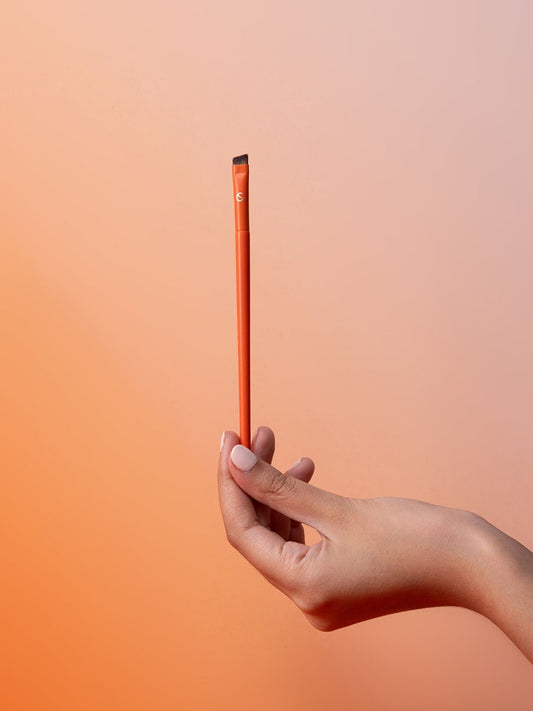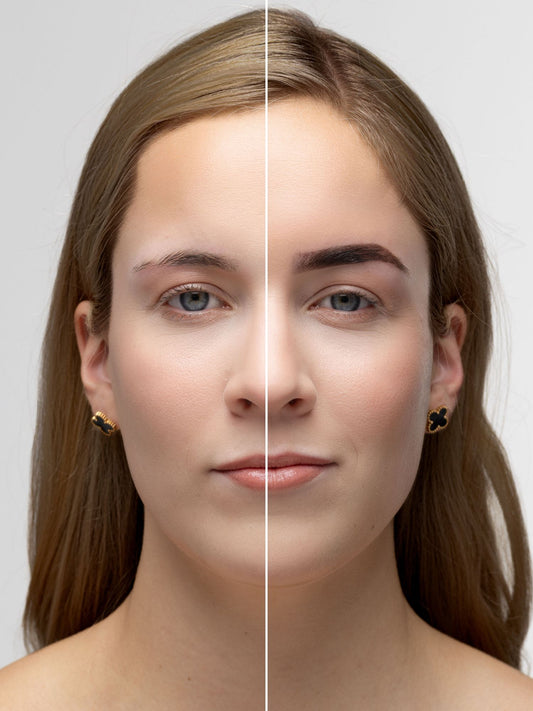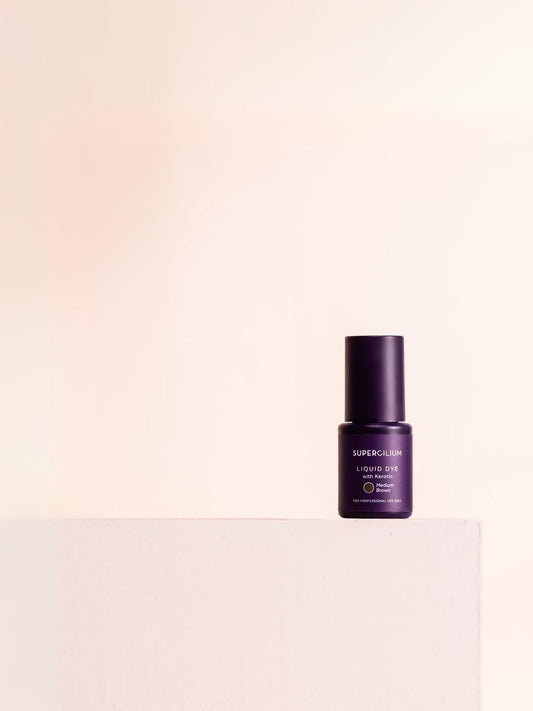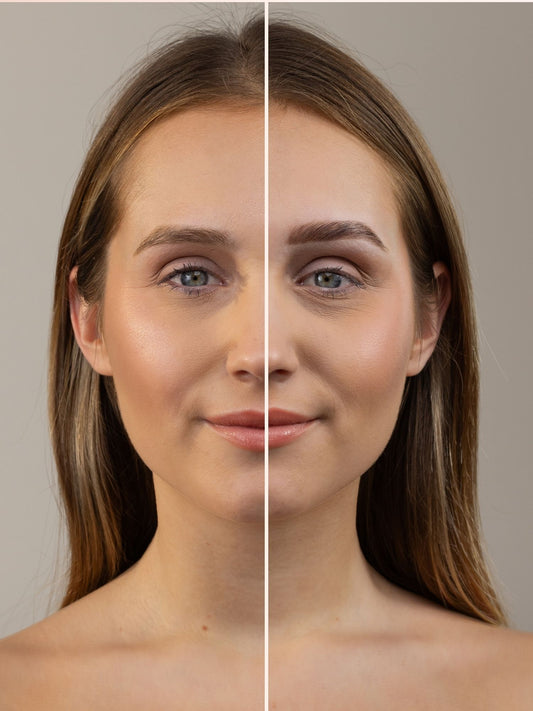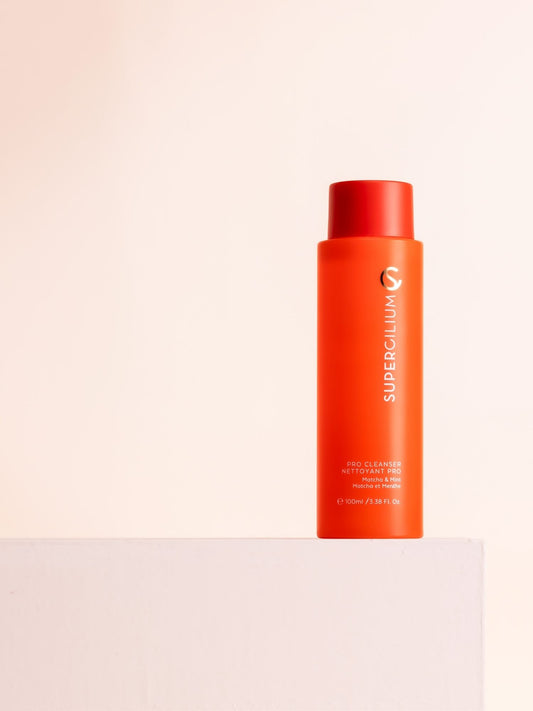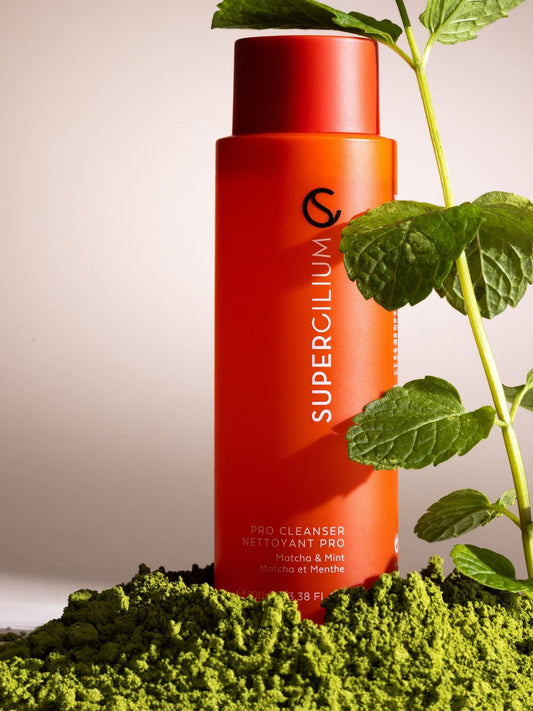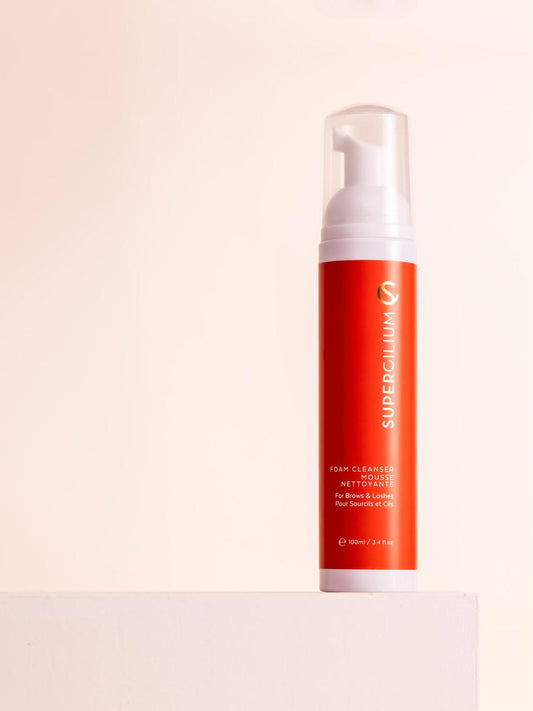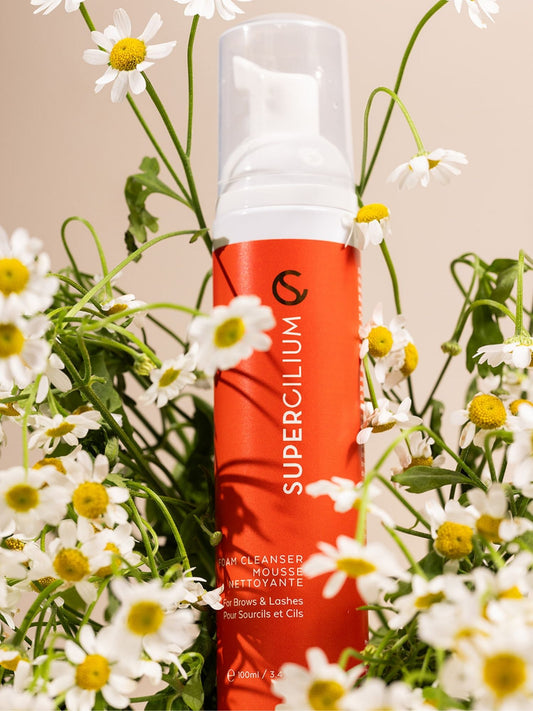
Maintaining Your Brow Tools
written byMonique Kaminskaya
Tweezers
- Get a double-sided nail file. The metal ones work best, however you can use any nail file either way.
- Close the tips of the tweezers around the nail file and pull them downwards in fast, short motions as if you'd be sharpening a knife.
- Afterwards, rinse the tweezers in some alcohol and then warm water to both disinfect and remove the excess "sand" from them.
And that's it! You can do this weekly for the best results and sharpest tweezers for each client!
Spoolies
Most people opt for disposable, plastic spoolies--so they don't necessarily think about disinfecting them. However, if you are using a quality brow brush with a spoolie on one end--which you don't intend on tossing out, you should also properly clean and maintain it. Most spoolies are made our of synthetic nylon--which is a breeze to clean.
This is what you do:
- Get a paper towel and some clear rubbing alcohol. Rub the alcohol directly onto your spoolie and twist the spoolie in the paper towel. Make sure you rub off all the excess buildup and it will be totally spotless and looking brand new again! This will also sanitize the brush perfectly! You should sanitize/clean them about once a week or two and a good indicator that it's time to replace your spoolie is when it starts to lose some bristles.
Waxing pot
Yes, you definitely need to sanitize your waxing pots as well! This is a place where bacteria can gather--which means you need to keep it clean at all times. By keeping your wax pot clean, you will prevent wax build-up and sticky residue also. We found a wonderful how to here.
This is what you do:
-
- Start by cleaning off any old wax residue from outside of the wax pot. If there are some drips, you can use a waxing string with some oil to remove them.
- You can warm the wax pot a bit to make cleaning the inside easier. To remove all the wax from the inside chamber, heat it up to a temperature that is higher than usual—making the melted wax a thinner consistency.
- Remove the inner bucket and carefully pour the melted wax into a container for disposal or storage. If the wax is clean (meaning no double-dipping with applicators), sterilize the transfer container first with either rubbing alcohol or boiling water before pouring the wax in it. You can buy an affordable and reusable wax holder to store wax in by searching for “waxing bowl” online.
- If the wax is old, then you need to dispose of it correctly. Do not pour liquid wax or wax cleaners down the drain, as this can cause damage once its hardened.
- You must now wait until the inner compartment is cooler so that any liquid or cleaner poured into it doesn’t smoke from the heat.
- Pour in whichever cleaner you are using, such as mineral (baby) oil or a ready-made wax cleaner, into the container, and allow some wax to be dissolved away. Then continue swabbing up the inner sides.
- Once the compartment is completely cool, lift it out and clean the bottom with rubbing alcohol (only on the metal chamber inside).
- Finish off with wiping the inside with a paper towel and sterilise the inner bucket with rubbing alcohol and boiling water, avoiding the outer chamber.
Scissors
Scissors are an essential tool of every good brow artist. This is why its important to keep them clean and sanitized before seeing every client. You can deep clean them by dipping a cotton swab in rubbing alcohol or peroxide and rubbing it over both tips of the scissors. You can then rinse the scissors under hot water to avoid the alcohol from irritating the skin, and wait for them to dry before using.


